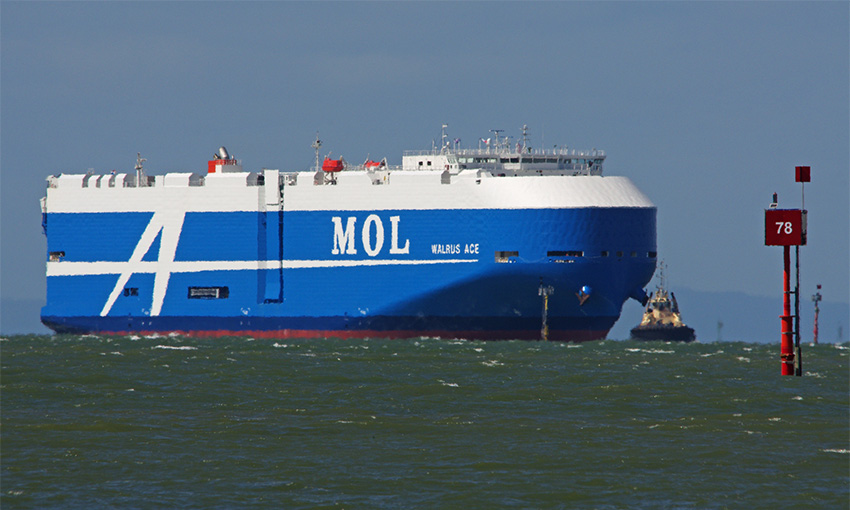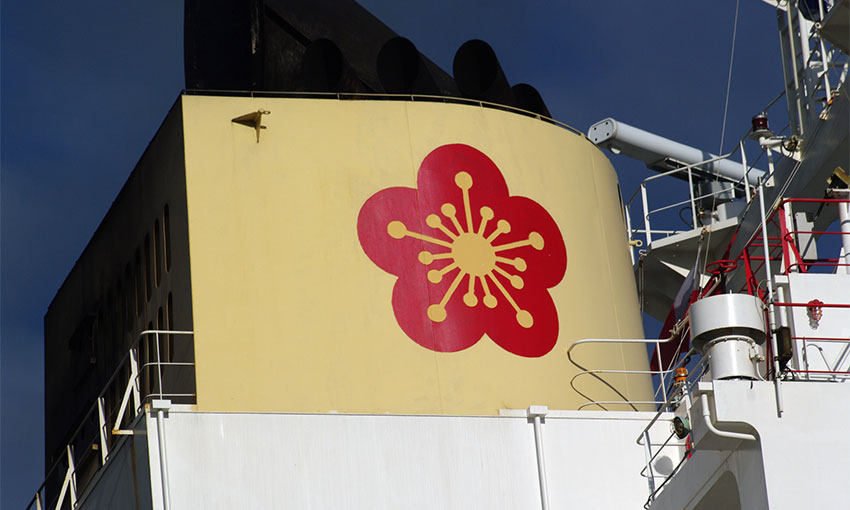MITSUI OSK Lines, in conjunction with the Japan Cargo Tally Corporation, this month began using a unified database for loading PCTCs in a manner it believes will greatly improve efficiency.
The J-CARPS system was developed by JCTC with MOL, which notes that typically around 6000-7000 units are loaded onto a car carrier. The loading process is as follows: JCTC counts where and how many cars are loaded onboard the vessel at each port in Japan, and shipping companies uses the results to prepare a cargo loading plan for the next port.
While it was customary for the shipping companies and JCTC to input information into separate systems for each company and share information via email, MOL proposed that all parties use a unified system database to improve efficiency.
This led to the development of this system. Furthermore, this system has a “file attachment function” and a “simple message sending function,” so that everyone involved, including shipping company, stevedores and JCTC will be able to check the latest loading plan and performance data from this system at any time, and also use the system to communicate with each other, MOL says.
In addition, shipping companies had to transcribe the diagram data of loading results received in the format of JCTC’s system to their own systems, which made it difficult to determine the exact number of units that could be added. However, unifying the databases of performance data will eliminate that problem and allow more vehicles to be loaded.
“This new system and consolidation of databases will contribute not only to operational efficiency in the car carrier industry, but also to an increase in loading capacity, given the current shortage of such vessels,” MOL said.
“MOL Group will continue to promote digital transformation (DX) and improve the quality of its transport services, aiming to become the corporate group chosen that is customers’ first choice for a business partner in logistics.”





